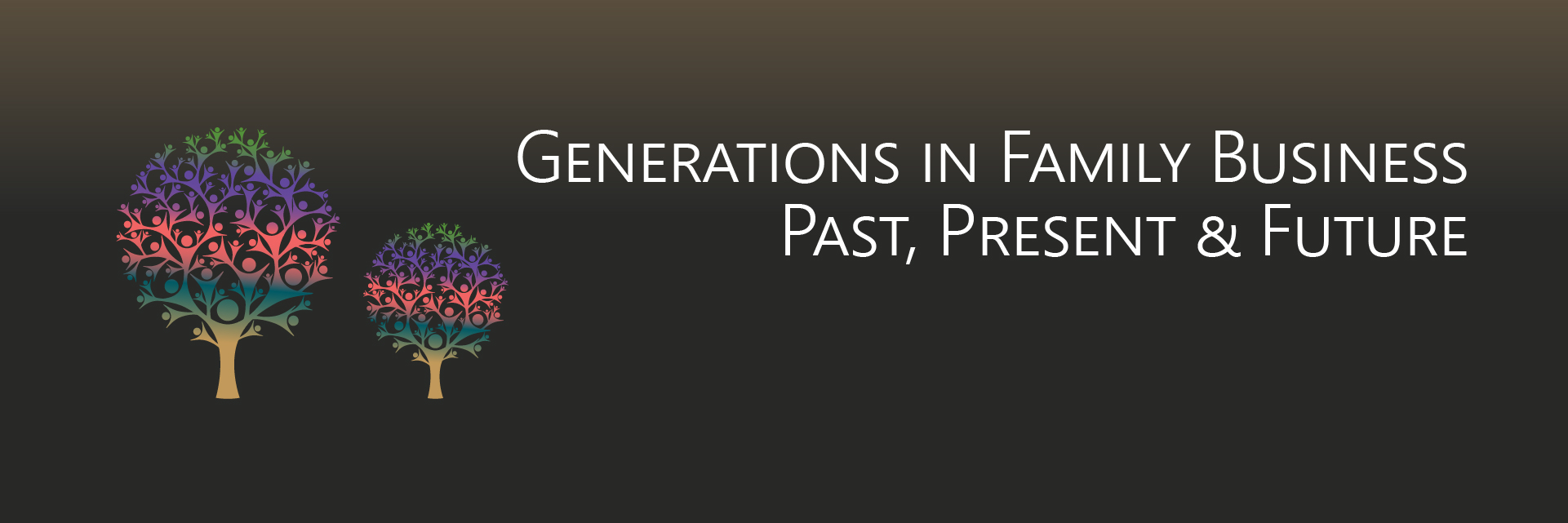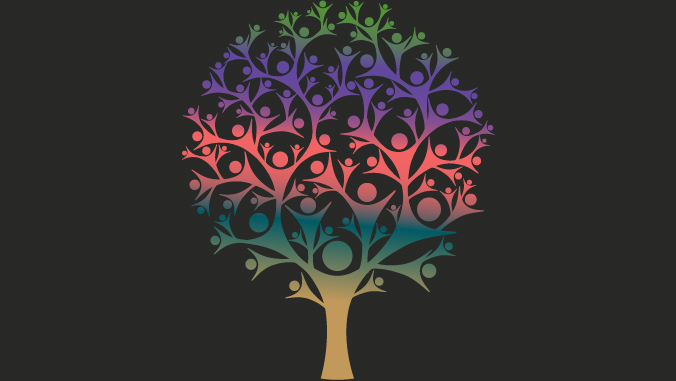
Human Resource Management Diagnostic Model
- Published
- Dec 6, 2018
- Share
In this episode of "Generations in Family Business: Past, Present and Future", Matt Kerzner and Tim Schuster discuss, high level, what the Human Resource Management Diagnostic Model is and how it can be implemented in your business.
Transcript
Tim Schuster: Welcome to our podcast for “Generations and Family Business, Past, Present, and Future.” Our hosts for this podcast are myself, Tim Schuster, and I'm a manager in EisnerAmper’s Center for Family Business Excellence and with me today is ...
Matt Kerzner: How are you? I'm Matt Kerzner and I'm a senior manager for The Center for Family Business Excellence.
TS: It's a pleasure, as always, to be with you again.
MK: Always a pleasure.
TS: We are now starting a new series in our podcast, delving into a model for human resource management. The goal for today's podcast is to give everyone a flavor of what we'll be discussing over the next series. So, Matt, what is a model for human resource management?
MK: It really builds the foundation for an HR department within an organization. It could be if you have a department of one, a department of 20 or you're a CFO and you are also wearing the hat of HR. The motto really is there's four-pronged approach for things you really need to think about. And it's how do you get talent? So the recruitment/retention is really acquiring human resources. That's the first pillar that we'll get into. The second one is once you have your resources, how do you reward and recognize them? And when we get into that, I'll talk a little bit about how you could reward somebody. You have to give recognition, but you can give recognition without a reward. But once you have employees, how do you reward them? How do you motivate them? How do you keep them? The third one is how do you develop them? How do you keep them growing? How do you know it's called developing human resources? What's the path of progression for employees to keep them engaged in the workforce? The worst thing you could do is hire somebody, give them performance feedback, and then they leave because you're not developing them or helping them reach their full potential.
TS: That makes sense.
MK:The last one is how do you maintain and protect your human resources? That's all about policies, procedures and really putting together, making sure you have your handbook, your orientation information, how you onboard people so they understand. I call it the rules of the game, working for the organization. Getting everything laid out for everyone to know. So let’s just high-level everything today for this podcast. We'll delve into the weeds further along, but let's discuss external and internal environmental influences. When you're dealing with the model, any model, but particularly with the model of human resources, really the external environmental influences and internal environmental influences. Those are the variables that impact those four areas that we just talked about. So an external environmental influence could be the government, laws, etc.
TS: Dictates everything.
MK: You got it. Whatever the laws state, we have to follow them. We might want to hire somebody, but the rules might be that you have to make sure that you have a nice diverse slate of candidates. And make sure you're hiring the right person. That's really important. The external environmental influences could also be third-party representation, such as a union; having a collective bargaining agreement. They're not employees at will. You have to go through A, B, and C and follow that. Another external environmental influence might be a union. Politics might come into play, local politics of if you want to do something in your community. How do politicians or other people in the community impact how you do business? How do you recruit? How do you recognize and reward your employees? Those are external influences. Internal environmental influences get into, say, a company's policies and procedures. Developing the policy manual, the handbook and then the meat of the policies behind it. Having the right job descriptions and job analysis are going to drive how you recruit, maintain, reward, and do performance management. Office politics is another internal environmental influence. How people interact in the workplace. How you promote from within versus going out. How does that work? Succession planning is an internal environmental influence. You might have acquiring, rewarding, developing, maintaining all correct. But if you don't have internal processes to help people grow within the organization, it means nothing. That's the internal environmental influences that impact the model.
TS:There's a fourth pillar or approach, again, keeping it high-level. What about the human resource process?
MK: When we get into each of these and we start breaking them down, we're going to talk a little bit about how you recruit. What's a great methodology to use when you're trying to attract great talent? With unemployment being so low now, it's not easy because people are working. When people are looking for jobs, it's almost like you want to look for people who aren't looking for work. We're going to get into a methodology about what is the right way to acquire and find the right fit. Specifically, when you're working with family owned businesses, tightly held businesses, you want to make sure that the people who you're looking for within the organization, specifically executives, are a good cultural fit. We'll get into the acquiring and rewarding. I can say, Tim, you did a great job. You know the work that you did on this project, you did the following: X, Y and Z, and this is the impact that had on the organization. I didn't have to give you any monetary reward.
TS:I feel good about that.
MK:I call it the emotional bank account. We just made a deposit in that. But if I was to give you a bonus or a cash reward—even if I take you out to dinner or lunch—you have to make sure there's recognition with that because if you give a reward without the recognition, you're missing a piece.
TS:Sure.
MK:There’s a whole methodology of how you do performance management to make people really perform at their highest levels. And the next one is developing human resources. So this is like where are you current state and where you want to go: the future state in your career, your own personal path to progression. I always tell people, don't take the super highway. Take the back roads, take the scenic route and learn your craft. One, I always say individuals should have their own goals and developmental plan. But, really, how do you work with your supervisor, manager or leader within the organization to use the resources and make the opportunities bigger and broader to impact the organization and develop yourself?
TS: Communication is the ultimate key with every member of the team to make sure you're going in that same general direction.
MK:Communication is a great word. I look at it as communicating what's right for the organization, what's right for you as an individual, and how that works to really develop yourself.
TS:Keeping everyone in line.
MK: The last one is critical. This is maintaining and protecting your employees, your human resources. This is really taking a look at org charts, job descriptions, policies and procedures. Reexamine all of the fringe benefits that go into maintaining and protecting yourself. I always say we want our employees to go home as safe as they came into work. That is both physical and mental. It's really important to make sure that you have proper policies and procedures in place. And that's really the four-pronged approach.
TS:Let's wrap this up and look at this as the last leg and discuss the desired end results. I know there's three prongs to that as well. Again, as high level as we can.
MK: When it comes to the model of human resource management, the end result here is as an organization that is socially responsible and has ethical practices within the workplace. We want to make sure people in any organization, not just EisnerAmper where we do a great job at this, really need to say how we treat our employees and how they treat us. I always say, if you take care of your internal customer, they'll take care of the external ones. Internal first; take care of your employees. They will take care of your bottom line and your customers. That reflects how you want your workforce to act socially, internally and externally. The next one is competitive, high-quality products. If you hire talent, reward them, recognize them and motivate them to be their best. Develop them not only in the path of where they want to go, but give them the skills, knowledge, ability and tools to do their jobs and they'll produce high-quality output. I truly believe that. The last one is competitive, high-quality services. We want to hire the best. We want to train them. We want to give them the cultural understanding of our organization, our mission, vision and values and then let them do their jobs right. Let them go out and do their jobs and produce for the organization. Giving them the tools is going to make them competitive and really produce quality services.
TS: I love it. I think it's great. This is going to be a fun series for us to record. Matt, thank you again. I really appreciate it. And thank you for listening to “Generations and Family Business Past, Present and Future” as part of the EisnerAmper podcast series. If you have any questions or there's a topic you'd like us to cover, email us at contact@eisneramper.com or visit eisneramper.com for more information on this and a host of other topics. We look forward to listening to our next EisnerAmper podcast.
Also Available On
More in this Series

Human Resource Management Diagnostic Model: Maintaining Human Resources

Human Resource Management Diagnostic Model: Developing Human Resources

Human Resource Management Diagnostic Model: Rewarding & Recognizing Talent

Human Resource Management Diagnostic Model: Attracting Talent

Human Resource Management Diagnostic Model: Human Resource Processes

Human Resource Management Diagnostic Model: External/Internal Environmental Influences
What's on Your Mind?
Start a conversation with Timothy
Receive the latest business insights, analysis, and perspectives from EisnerAmper professionals.












